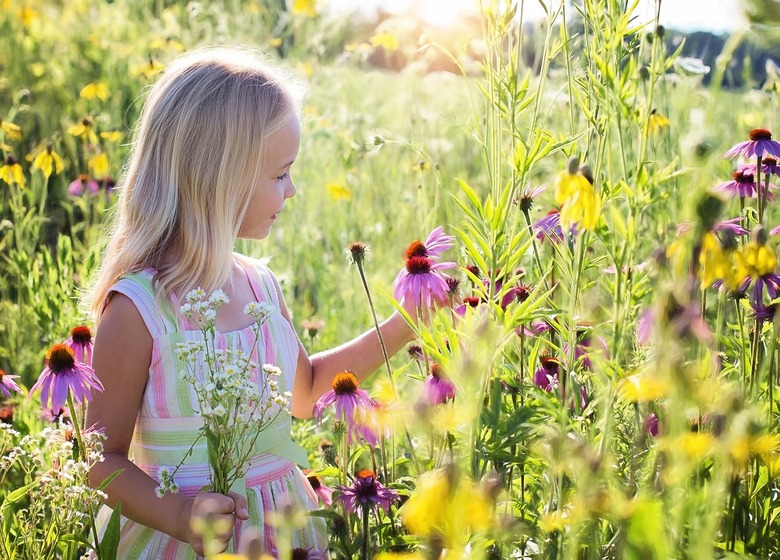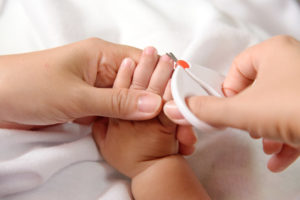Life nowadays is all about going too fast and getting things done. But we fail to live in the present in the heat of the moment. Mindfulness has been shown to offer multiple cognitive and emotional benefits for children and adults alike. From being able to manage stress better to being successful overall without strenuous effort or effort, mindfulness can improve one’s life–but only if applied correctly. Continue reading about the benefits of teaching mindfulness to kids.
What is Mindfulness?
Mindfulness is awareness. Simply put, it’s about being conscious of our environment, how we feel and how we’re connected to others. What it is is not enthralling feelings, but moving through them in a non-judgmental way and simply letting go. In this area, there are already many scientific studies and extensive research being done, but one thing is clear–knowledge teaches one to react and not to respond to their situations. This also helps in better decision-making, enhances memory, and also increases one’s emotional intelligence.
Benefits Of Teaching Mindfulness To Kids
Here are a few mindfulness benefits for your child:
1. Learns to Manage Emotions Better
Children sometimes dig their emotions down and bottle them up. This is not healthy and can harm their well-being. Mindfulness helps your child better manage its emotions and express them better.
2. Becomes More Productive
When his concentration and emotional health improve, you will find that your kids are doing more and more successful overall. Whether it’s in the classroom or in everyday life, his life is changing for the better and he gets excited when he sees himself fulfilling the goals he’s set to achieve.
3. Learns to Saves Time
We waste a lot of time going around in circles and being mindlessly repeating stuff when we struggle to excel in them. Mindfulness teaches by doing things one by one, how to resolve this obstacle and do them right. This focuses on quality over quantity and one thing at a time, not the scatter-brained strategy that will teach your child how to save time.
4. Learn to Cope with Stress Well
Life is full of pressures and with busier lives, being mindful is not a choice but a must. If life throws your child with tough challenges, he will be better equipped to handle them in his arsenal with the power of mindfulness.
5. Observation Skills Improve
Since he learns to look around, he is learning to observe visually and to really learn how to see more. If your child picks up art, leaps and bounds will enhance that skillset.
6. Becomes More Alert
He becomes more alert because he becomes more aware This translates into an enhancement of his academic performance as he learns how to listen and really pay attention.
Effective Ways Of Teaching Mindfulness To Kids
Here are some fun and unique mindfulness exercises to try out for your child:
1. Try Daredevil Exercise
Recall how the Daredevil stood on the rooftops and was able to feel or hear anything miles away? Teach the same thing to your kid-the safer version, of course. Take your child to a somewhat noisy environment or a location with different sounds, such as the park. Close your two eyes and try to soak in the sounds, the feeling of the wind, and any feeling you experience. Describe after a minute what you’ve felt and heard.
2. Mindful Walk
This exercise is a fun exercise that does not allow children to realize that they are attentive. Only tell your child to just take a walk with you outside for this. Ask about the different things he notices in his surroundings when outdoors, and ask him to take note of the sounds he hears. Tell him what other things he found as compared to the previous ones in his subsequent walks.
3. Trying Breathing Exercises
Deep breathing can be a repetitive activity for children, but when combined with a stuffed animal, it can turn into fun. Give him his new stuffed toy and order him to lie on his back. Just breathe and tell him to remember how each breath, his pal gets up and falls on his stomach.
4. Practicing Gratitude
This is a no-brainer, but you should tell your child to show gratitude. How are you doing? Perhaps ask him what he liked about his favorite cartoon or mention some good things happening at school. Get him into the habit of being happy and appreciative because that is one of the most important elements of being mindful.
5. Mindful Eating
Just ask your child to eat conscientiously by chewing slowly for this exercise. Ask him to give him a raisin to feel the taste and texture. Let him eat slowly and ensure he’s not rushing. There should be no television or distractions during this exercise.
6. Picking Up Photography
If you teach him some photography, your child will pay more attention to his surroundings. Ask him to catch the colors and shadows of the things he sees in his surroundings. Ask him to try to tell a story using pictures. It’ll teach him to work through his senses and really learn or be conscious.
Mindfulness is more of an art than a science. You’ll find your child and yourself becoming more intuitive and communicating with your inner self more.
Also Read: Importance Of Teaching Phonics To Kids













